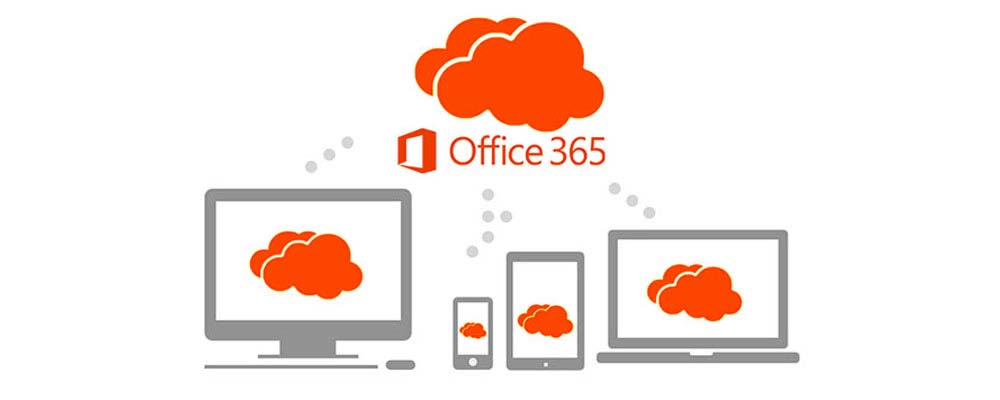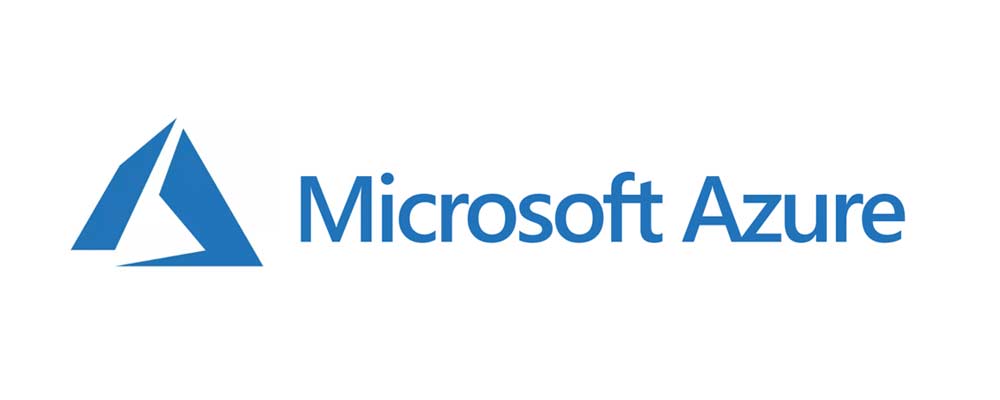Blog post
Microsoft Project in business

By Chris Onslow 13 Nov 2023

To use Microsoft Project for business, follow these steps:
1. Define your project: Clearly define the scope, objectives, and deliverables of your project. Identify the tasks, resources, and timelines required to complete the project.
2. Create a new project: Open Microsoft Project and click on "New Project" to create a new project file. Give your project a name and save it in a desired location.
3. Set project properties: Go to the "Project" tab and click on "Project Information" to set project properties such as start date, finish date, and project calendar.
4. Create a work breakdown structure (WBS): Break down your project into smaller, manageable tasks. Use the "Task" tab to create tasks, set durations, and assign resources to each task.
5. Define task dependencies: Identify the relationships between tasks. Use the "Predecessors" column to specify the order in which tasks should be completed.
6. Assign resources: Go to the "Resource" tab and add resources to your project. Assign resources to tasks by entering the number of hours or percentage of work they will contribute.
7. Set task constraints: If there are any specific constraints or deadlines for tasks, use the "Task Information" dialog box to set constraints such as start date, finish date, or specific dates.
8. Create a project timeline: Use the Gantt chart view to visualize your project timeline. The Gantt chart displays tasks, durations, dependencies, and resource assignments.
9. Track progress: As the project progresses, update task statuses and track actual progress against planned progress. Use the "Task" tab to mark tasks as complete or update their progress percentage.
10. Generate reports: Microsoft Project offers various reporting options to track project progress, resource utilization, and overall project performance. Use the "Report" tab to generate reports and share them with stakeholders.
11. Manage changes: As the project evolves, make necessary adjustments to the project plan. Update task durations, resource assignments, or dependencies as needed.
12. Communicate and collaborate: Microsoft Project allows you to share project files with team members and stakeholders. Use the "Share" tab to save and share project files, or use the "Sync to SharePoint" feature for collaborative project management.Remember to regularly update and maintain your project plan to ensure accurate tracking and successful project completion. Microsoft Project offers a range of features and functionalities to help you effectively manage your business projects.
To view our Microsoft Project training courses click here











